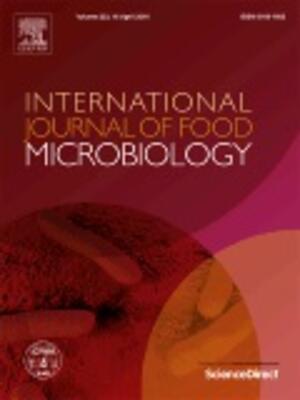
Identifying pig- and pork-associated zoonotic and foodborne hazards in eastern and southern Africa: A systematised review
Abstract
Zoonotic and foodborne diseases are a major cause of morbidity and mortality, especially in low- and middle-income countries. Pork is a potential source of zoonotic and foodborne diseases, and pork consumption is rapidly increasing in Eastern and Southern Africa (ESA). Here, studies conducted in ESA describing pig- and pork-associated zoonotic and foodborne hazards were identified to clarify the distribution and prevalence of these hazards and identify research gaps in this region. A systematised literature review was conducted using MEDLINE and Web of Science to identify relevant articles according to pre-determined inclusion/exclusion criteria. In total, 140 articles from 14 countries were identified for review. A total of 42 hazards were identified, categorised as bacterial, viral, parasitic, arthropodal, or other, including drug residues. Among all identified hazards, Taenia spp. (n=40) was the most often studied, followed by Salmonella spp. (21), Escherichia coli (17), and Staphylococcus spp. (9). Further research is required to determine baseline data on the epidemiology and health and economic burden associated with pig- and pork-borne hazards and appropriate strategies are needed to mitigate the risk these hazards pose to communities.
Citation
Kayano, T., Pulford, J. and Thomas, L.F. 2023. Identifying pig- and pork-associated zoonotic and foodborne hazards in eastern and southern Africa: A systematised review. Zoonotic Diseases 3(2): 120–133.









